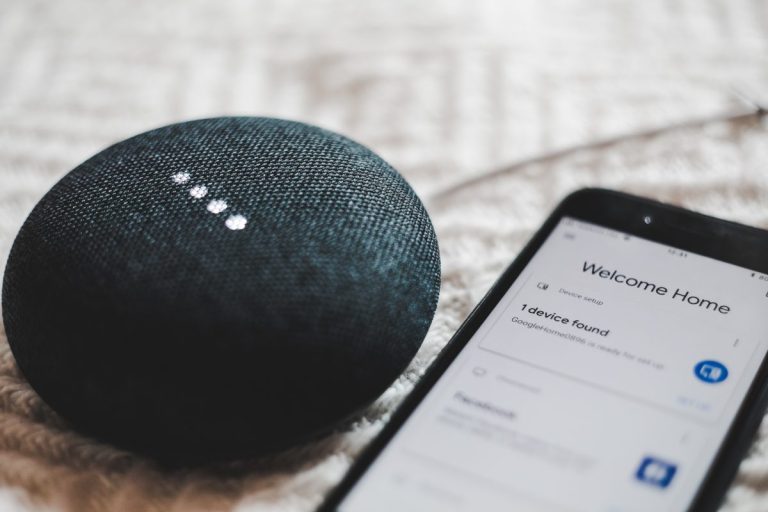The US Department of Veterans Affairs (VA) is looking to do more to help veterans who want to retire in their current homes, which includes exploring the smart home technology sector, Federal News Network reports.
Smart home technology, including wearable devices such as smartwatches, could help alert older veterans who live alone if they're experiencing any sort of medical emergency, but VA Deputy Chief Medical and Technology Officer Joseph Ronzio added that the department wants to make sure veterans have a say in who has access to their data.
“Everybody has some kind of smart device in their home these days, whether it's a speaker, a light switch, different types of lights, or other physical devices that transmit digital services like cameras or motion sensors,” Ronzio explained during a panel at the Advanced Technology Academic Research Center's (ATARC) DevSecOps Summit, moderated by Federal News Network.
“Most of the time, that digital footprint is stored on cloud services and cloud systems that we don't have access to, so we don't see what's going on,” he said. “We've been able to implement some technology that can actually uncover that, and then we can evaluate what's best and start to detect where the problems are.”
VA tech-focused officials see the situation in personal terms: Chief Medical Technology Officer Craig Luigert, himself a disabled veteran, believes a smartwatch has saved him “many times,” according to Ronzio. When Luigert had a medical emergency, his watch alerted his family, and the department is aware that such tools could be used for seniors.
“As we have a growing population of veterans aging at home and the need for long-term skilled nursing beds and skilled nursing facilities or retirement homes increases, there is certainly a need to refine and develop this capability,” Ronzio explained.
The VA already helps with home modifications to address the challenges of retirement and is currently providing older veterans with certain smart home technology to give them a better environment to age in place at home, Ronzio explained.
“We provide those sensors and those technologies,” he said. “Now we just need to take it a step further and start building better algorithms to detect and share that data with caregivers, whether that be a spouse, child, loved one, or family friend.”
Technology has come up more often recently in discussions about older people staying in familiar places, especially as smart home technology becomes more widespread through US tech giants such as Amazon, Apple and Google, and more older people are choosing to stay in familiar places.
A recent survey by U.S. News & World Report conducted in 2023 and 2024 found that 93% of respondents considered aging in place to be an “important goal.” Respondents also cited the specific technologies that would most help them achieve their aging in place goals.
These were primarily focused on medical and health-related mobile apps, service-related apps such as food and grocery delivery, wearable medical or health trackers, assistive smart home technology such as Google Home and Amazon Alexa devices, assistive hearing devices, and medical alert systems and devices such as LifeAlert.
The 2023 survey data also found that for seniors unsure about whether to remain in their homes, smart technology tools could help ease such anxieties.

